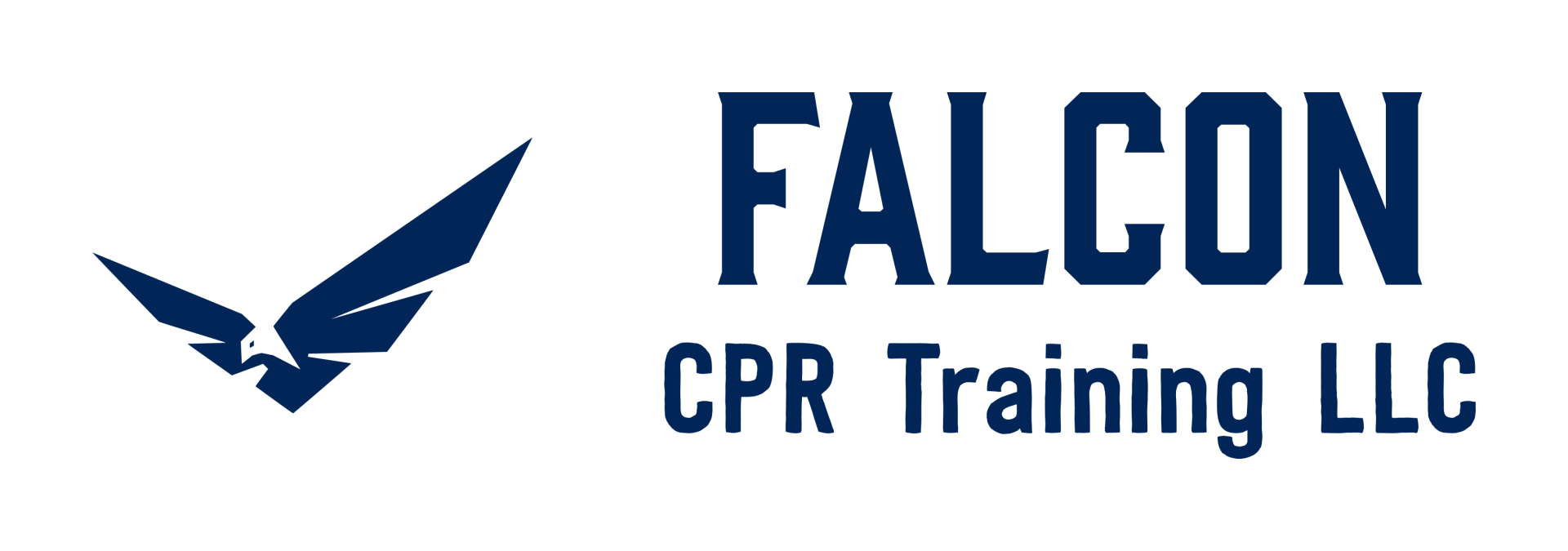The Crucial Role of CPR Training in Every Workplace: Insights from Falcon CPR Training

The Crucial Role of CPR Training in Every Workplace: Insights from Falcon CPR Training
In today's fast-paced world, emergencies can arise at any moment, and being prepared can make all the difference, especially when it comes to saving lives. At Falcon CPR Training, we believe that CPR (Cardiopulmonary Resuscitation) training is an indispensable skill for employees across all sectors, not just those in healthcare or high-risk environments. Here's why CPR training is vital for every organization, reflecting our commitment to creating safer workplaces and communities.
Immediate Response Saves Lives
When a cardiac arrest occurs, time is of the essence. The first few minutes are critical, and immediate action can significantly increase the chances of survival. Trained staff can provide crucial support until professional medical help arrives, potentially doubling or tripling the chances of saving a life.
A Safer Workplace
CPR training is a key component of workplace safety. It equips employees with the knowledge and skills to handle life-threatening situations, fostering a culture of safety and readiness that extends beyond the office walls.
Boosting Employee Morale
Investing in CPR training shows employees that their well-being is a priority. It can boost morale and create a sense of security, knowing that their workplace is equipped to handle emergencies.
Legal Compliance and Risk Management
In some industries, CPR training is more than a best practice—it's a requirement. But even where it's not mandated, training your staff in CPR is a wise decision that can mitigate risks and demonstrate a commitment to due diligence and employee safety.
Extending Beyond the Workplace
Employees trained in CPR become valuable community members who can respond to emergencies, whether at work, home, or in public spaces. This training empowers individuals to act confidently and effectively in critical situations, benefiting the broader community.
Fostering Teamwork
Learning CPR together can strengthen team bonds, as employees gain the skills to support and protect one another. This shared experience can enhance team cohesion and build a supportive workplace culture.
An Investment in Safety
CPR training is a cost-effective way to enhance your organization's emergency preparedness. It's a small investment when compared to the invaluable lives it can save and the potential costs associated with workplace emergencies.
Enhancing Your Organization's Reputation
Demonstrating a commitment to safety can positively impact your organization's public image. It shows that you value employee well-being and are dedicated to contributing positively to the community.
At Falcon CPR Training, we're dedicated to providing top-notch CPR training to ensure that your workplace is prepared to handle emergencies. We offer comprehensive on-site safety training programs tailored to meet your organization's needs. Our experienced instructors are committed to empowering your staff with the skills they need to respond effectively in critical situations.
Ready to enhance your organization's safety and preparedness? Schedule a CPR training session with Falcon CPR Training today. Contact us at 312-775-2172, email us at cpr@falconcpr.com, or visit our website at www.falconcpr.com to learn more about our services and how we can help make your workplace a safer environment for everyone.
Together, let's build a safer, more responsive community, one training session at a time.



Business Hours
- Mon - Fri
- -
- Saturday
- -
- Sunday
- Closed
If you need to contact us after hours please send us an email. We will reply promptly.














